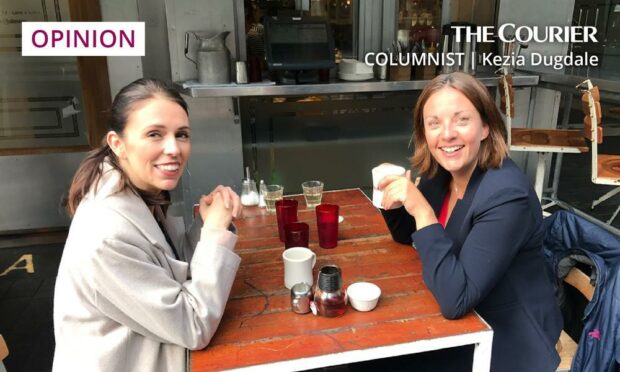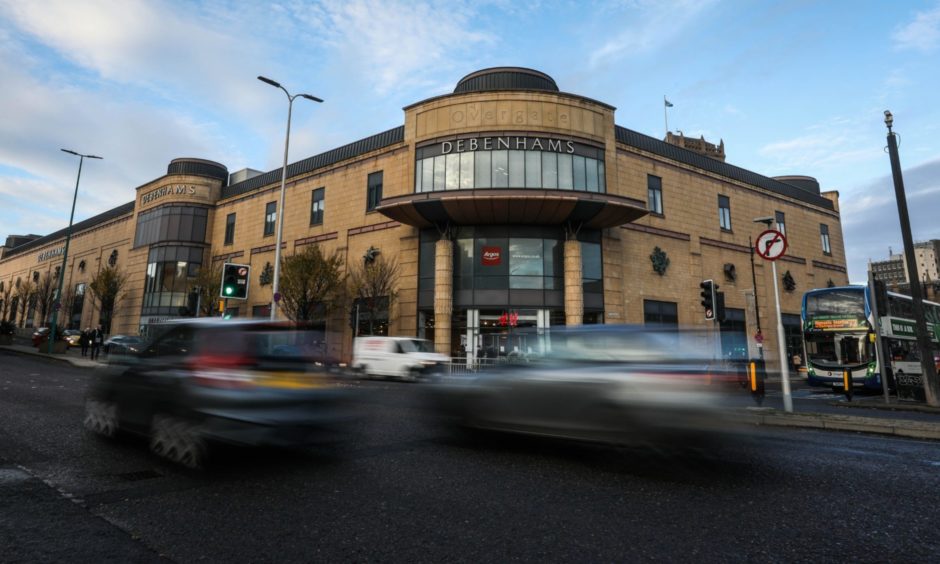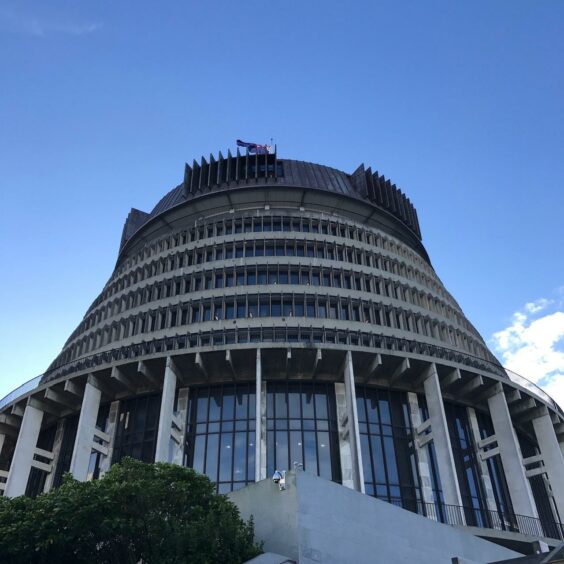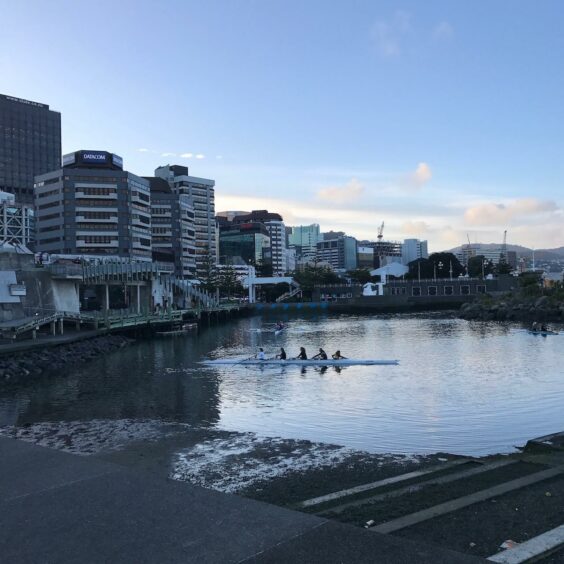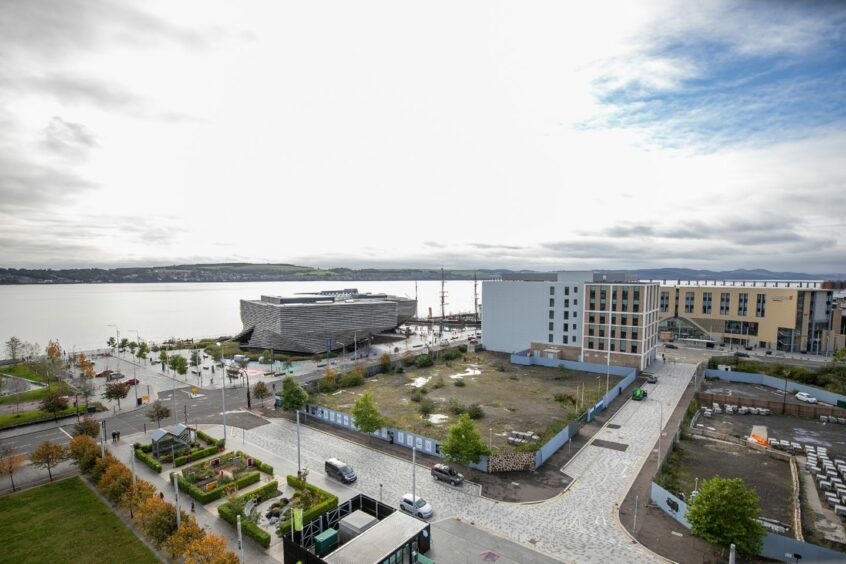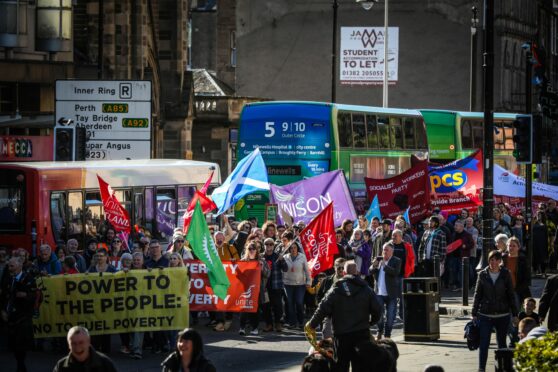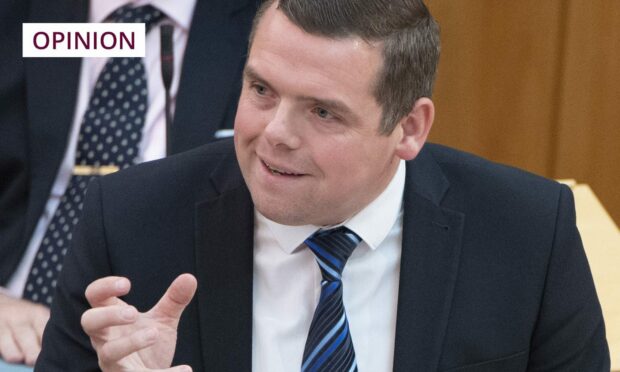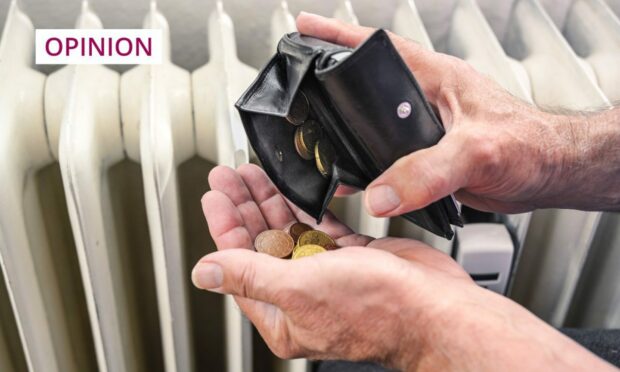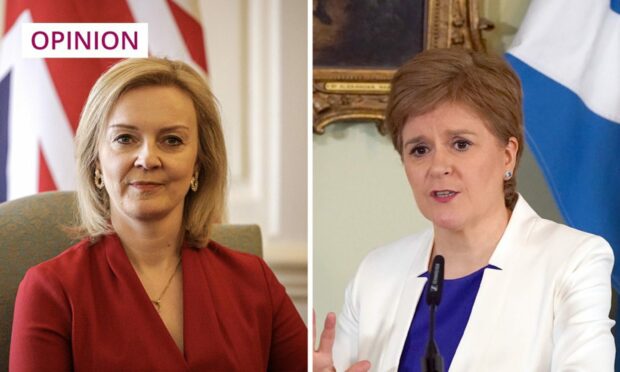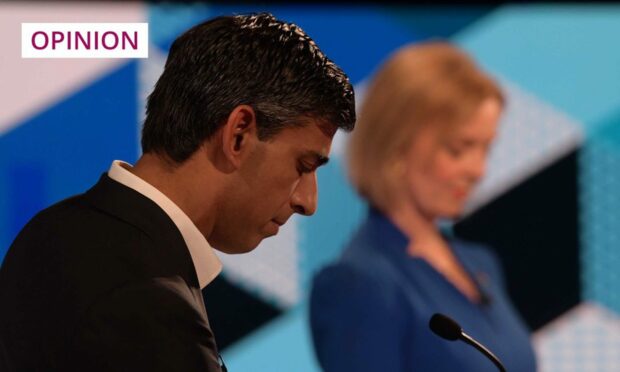Our town centres were in trouble even before Covid-19 tore through our communities.
The ease and convenience of online shopping meant household names like BHS, Debenhams and Top Shop disappeared from our high streets.
Online advances and changing financial habits also hit the number of high street bank branches.
With fewer reasons for people to go into town, the ripple effect turned into waves which washed away independent cafes and shops that had been reliant on footfall for passing trade.
And then came the tsunami of the pandemic.
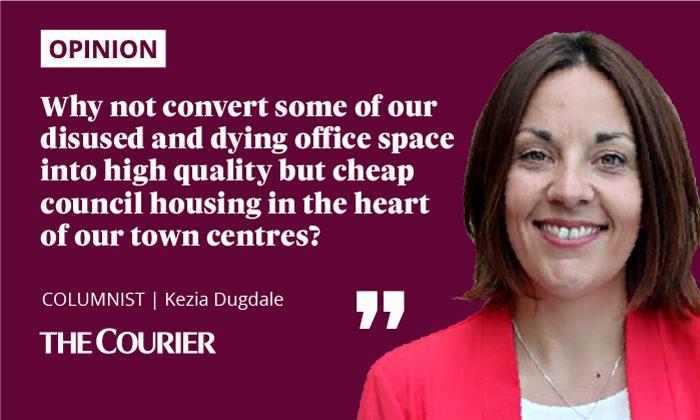
Lockdowns closed the doors of offices and businesses.
Furlough was the sandbag that stemmed the tide of mass unemployment.
If, as the World Health Organisation has declared, Britain is one of the first countries to officially emerge from the pandemic, it may be time to re-evaluate what’s left behind.
So what now for our high streets and town centres?
Will office working ever return to what it was before?
Do we want it to anyway?
And what will it mean for town centres if office working is the next big shift in habits?
Scotland and New Zealand – similar nations and lessons to learn
Many town centres were already reliant on office based staff during the day for trade, which turned them into ghost towns at night.
Maybe the answer is another plan to bring life back into the heart of our towns.
If more people lived in town centres, they could still work from home and support local businesses round-the-clock.
In August 2017 I travelled to New Zealand to study the Labour election campaign and look at what Scotland could learn from the country.
It might be at the opposite end of the world but it felt like home.
Similar climate, similar size. Two big dominant cities and lots of diverse rural communities.
Auckland was, in broad brush strokes, like Glasgow. Much bigger than the capital. Young and dynamic, lots of cranes in the skyline.
Wellington was like Edinburgh, significantly smaller but the seat of the Parliament and the national museums.
I met the Mayor in a pub that could have been in the Grassmarket.
He told me about a really innovative idea they were experimenting with.
It’s something I’ve long thought might work in Scotland.
Town centres as places to live, as well as work
One thing New Zealanders have to deal with which we thankfully do not, is earthquakes.
When they come they do tremendous damage at great cost.
New buildings can be built with earthquake technology in them, but it’s more expensive to retrofit the same tech to older buildings.
That’s public policy challenge number one.
Problem number two: Like Scotland, their town centres were dying off.
They were too expensive to live in and more and more office jobs were moving out.
Their answer was to convince office block owners to give the council a floor or two of their buildings.
Easy enough when demand for the space was falling.
The council would then convert the space into high quality cheap flats, which it would use to house people in the centre of town.
The rental provides a long term guaranteed income, which the council could then spend on earthquake-proofing the buildings for the owners.
Genius.
Do that at scale and you can repopulate the centre of a city and provide the bodies for bars, cafes and shops to thrive on.
So why can’t we do something similar here?
Regeneration of Dundee is aiming for that mix
Why not convert some of our disused and dying office space into high quality but cheap council housing in the heart of our town centres?
It’s a way to bring people back on affordable and secure terms.
These people then provide the bodies to support cafes during the day and restaurants and pubs at night.
Like all successful planning, what matters is a viable mix of activities in one place.
Look at the waterfront in Dundee.
The V&A gets all the attention, but it’s the hotels and flats that have been built around the same time that makes it all tick.
Throw in the renovation of the station and the hundreds of government jobs associated with Social Security Scotland.
It’s the mix that matters.
Time to upend the way we think about our town centres
I think there’s far too much focus right now on where we will all work in the future rather than how we will all live.
If we want a vibrant recreational and cultural scene we have to create the conditions for it and that means attractive affordable places for people to live and work in.
I’m in Dundee today to present some new concept art for the NLAE Dundee Arena – I hope you like the look of what could be! https://t.co/cjcAKXmsWO
— Luc Delany (@DelanyLuc) November 19, 2021
Dundee has gone through a tremendous transformation over the past decade or so.
Aberdeen is surely next to do the same?
The challenges of the decline of North Sea Oil and Gas are focusing minds on the types of work people will do, but the trick will be in finding some time to also think about how they might live.
How to bring people back into towns from the mass office and industrial estates on the outskirts, soon to be hollowed out villages of office blocks, reliant on cars and 9 to 5 office jobs?
Tectonic plates had to literally move in New Zealand for new ideas to form.
We need the same seismic shift in thinking in Scotland.
